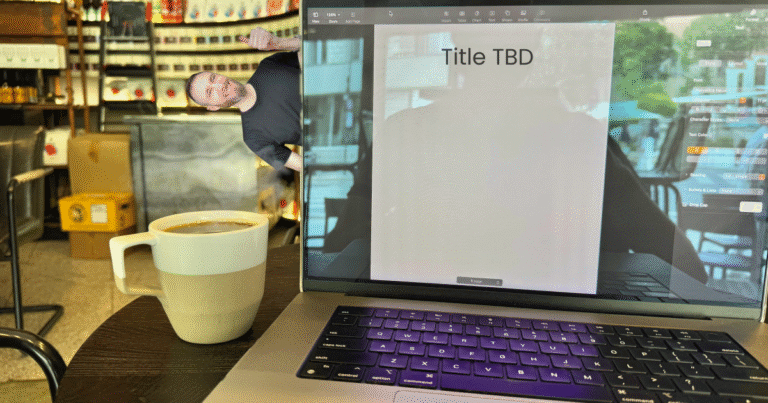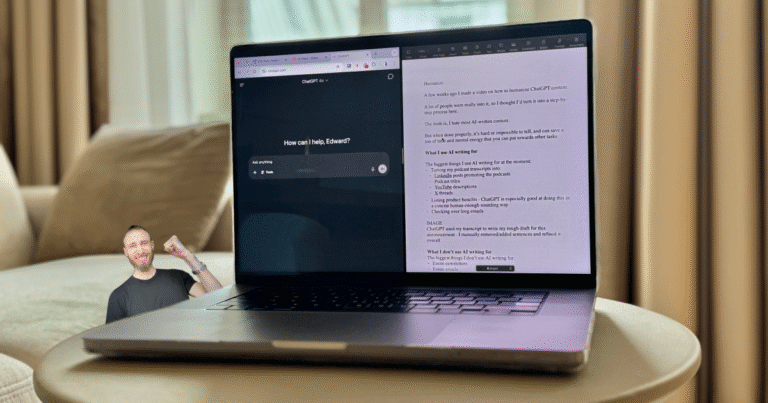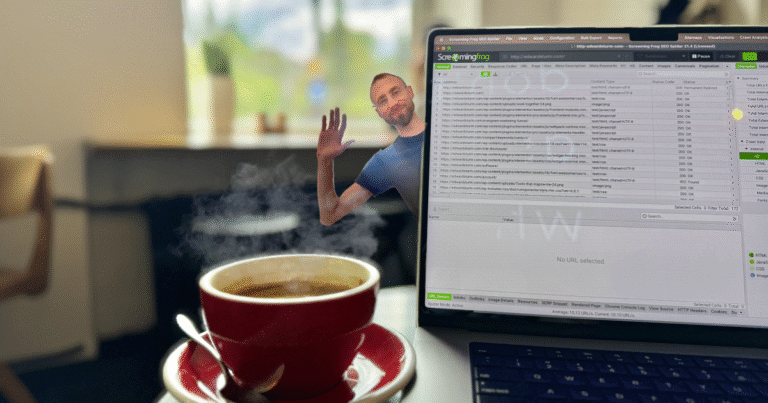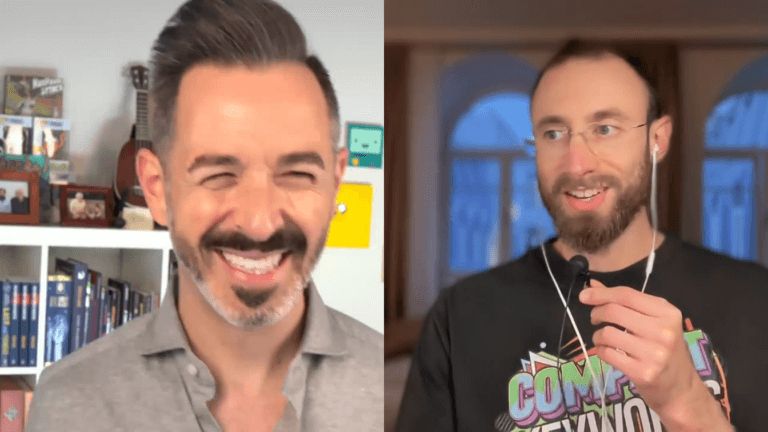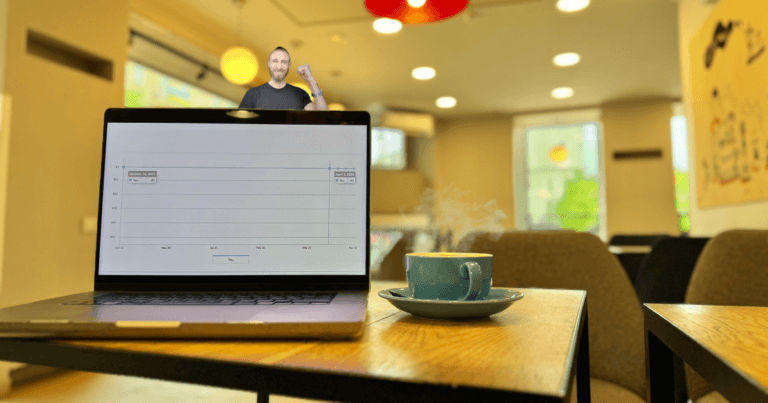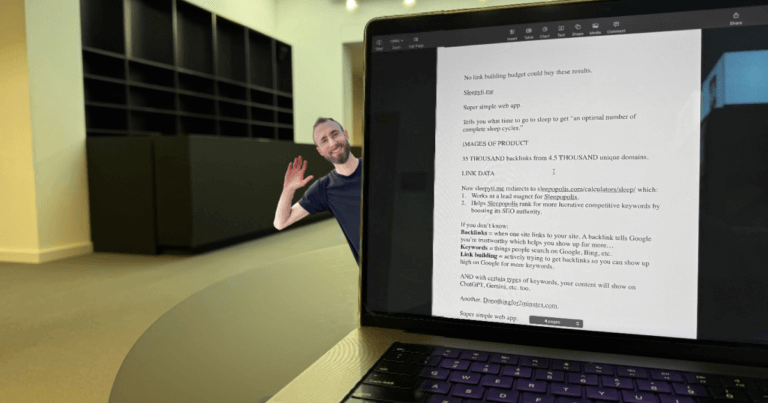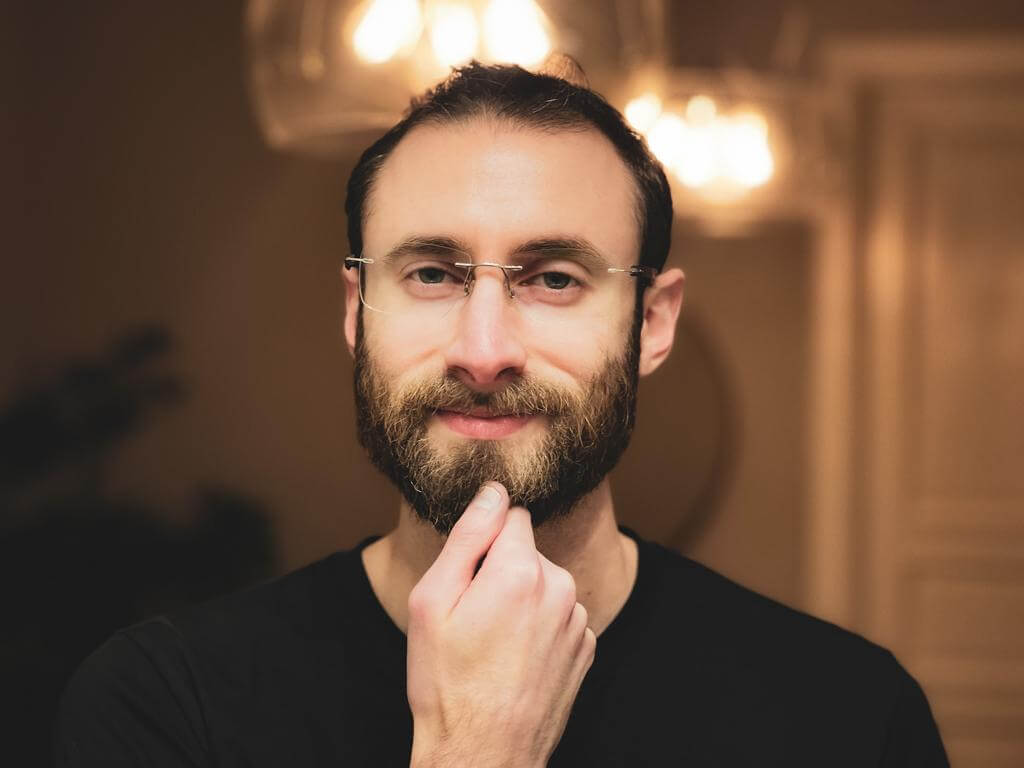First, the video:
@build_in_public Reading Bing AI’s explanation of the SVB collapse in “monkey banana terms.” Cred to Skirano. #svb #siliconvalleybank #technews #bingai ♬ Lo-Fi analog beat - Gloveity
Now, let’s rewind. It’s Friday, March 10, and Silicon Valley Bank is blowing up, both literally and figuratively.
It’s imploding while simultaneously exploding in media interest.
It’s the biggest news in technology, for a great reason.
Founder friends, left and right, are messaging me about how many millions of dollars they have locked in the bank. They don’t know if they’ll get it back. Nobody does.
The interest is tremendous, and with 130 consecutive days posting on TikTok about technology, I know I need to own this story.
When there’s a topic this important, it’s very easy to get attention by going all in on the topic.
I changed my description, “Covering Silicon Valley and Tech,” and begin only putting out videos on the collapse.
Jump Ahead
First day, Friday
I pump out five TikToks on the topic, each video being syndicated to all other major video platforms.
First video, 52,000 views. Second, 3,400. Third, sub-1,000. Fourth 29,000. Fifth, 5,700.
My theory that it’s worth going all in on this story is rewarded with easy views. I’m turning out videos fast, making them as soon as I learn something newsworthy (and everything is newsworthy).
My philosophy
One could make the argument that it’s dangerous to put out content without knowing the full picture. I would entertain this argument.
However, I’m not trying to paint myself as a credible lofty journalist, but rather as a person of interest.
There are two things worth noting here:
- I’m treating TikTok the way most people treat Twitter: sharing things that are learned as the Tweeter learns them.
- My decision to start TikTok in the first place was based on my theory that it would be easier to get meaningful attention than on Twitter, even if I use TikTok the same way as I use Twitter. So far, this theory has been validated.
- Sharing what you’re learning as you learn it is proven to do well on video.
Sharing what you’re learning as you learn it is proven to do well on video
Here’s why this is.
Enthusiasm is contagious, and just like a virus when you start getting sick, when you first learn something is when you’re most contagious.
You are most enthusiastic when you first learn something, and that enthusiasm is very hard to fake.
I tend not to do more than 2-3 takes with anything because I want my videos to come off as enthusiastic and authentic. I’m not a professional actor, I’m just a guy sharing what he’s learning as he learns it.
Authentic enthusiasm is why this video of mine got 2 million views: https://vm.tiktok.com/ZMYutaEX5/
It’s why this one got 2.3 million views: https://vm.tiktok.com/ZMYutrrBm/
And it’s also why I made the most-viewed video in the world about the Silicon Valley Bank collapse.
Day 2, Saturday
First video, 16,200 views. Third video, 1,200 views. Second video: The One.
The video
I actually didn’t originally want to make the video that went viral.
Instead, I felt I had to do it.
My friend had sent me this Tweet of Bing AI’s synthesis of the collapse, which itself had just started going viral. The Tweet was so entertaining to me I felt I had to do a video on it.
And I did… very casually.
I’ve had dozens of viral videos on TikTok, and usually, the ones that do best are the most casually recorded and produced.
Again, I think it comes down to enthusiasm. It’s easy for me to have good takes because I, personally, am engaged by the content I’m making the video on.
The recording in this SVB video that went viral was one take. I didn’t do more than one take because I wanted to capture my authentic reaction.
Reaction videos are hot all over the Internet, and this is why.
Once I was done recording it (in under 5 minutes), I spent a minor amount of time cutting the pauses from the beginning of each clip, adding automated transcriptions, and adding music. Due to the video’s length, I didn’t have many options for a sound that was both: popular, good for speaking, and had a rhythm that matched the way I was speaking. However, the sound I found clearly worked.
I said in a previous article that no-sound videos are popular, but after testing this theory a ton, I think low-volume sounds are best. It’s a middle ground, and it seems to be working.
Everything else mentioned in the previous article, however, is on-point.
So my new formula for going viral with short-form mobile-first content is:
Scripted hook + unscripted longer clips + supporting evidence (shots of computer or green screen) + low-volume sound = FYP.
Try this out and let me know how it goes.
Combining two hot topics
There’s one more thing worth mentioning about why the video did so well.
It didn’t just cover one hot topic, it covered two.
It took the SVB collapse and merged it with artificial intelligence. For a brief window, SVB stopped everybody from talking about only AI.
However, my video covers AI describing the SVB collapse and does it in a way that is humorous.
It’s hard to beat this.
If you want to go viral, cover hot topics and try to merge them when you can.
Going Viral
This is what going viral is like:
- Expect your content to be stolen and reused all over the Internet. I was recently sent my video in a viral Instagram Reel. It’s up to 400,000 views.
- I had posted my original to Instagram, but this repost did better, I believe, because it came with an in-video caption.
- Another guy copied my video on TikTok, literally just saying what I said, word-for-word.
- Expect friends and their friends to see your viral content and message you about it. Friends were having my video pop up in their feeds. Friends’ significant others were having it pop up in their feeds. People I hadn’t spoken to in years were emailing me.
- Expect people to want to get in touch with you. Depending on your priorities, I’d recommend giving people an easy way to get in touch with you, especially if your viral content is hyper-topical.
Of course, I don’t mind any of the copycats. My video is me reading a viral Tweet which somebody else made. If you do take somebody else’s content as I did, just make sure to give them credit. I did this, and the original Tweeter recorded a response TikTok to my TikTok.
Like I’ve said, I’ve gone viral on TikTok dozens of times. I also was one of the early viral video creators on YouTube. From all my experiences, if you do something great, people will copy you. Whether it’s video, business, or amazing prose. Tons of amazing things in society are derivative, so get used to it and move on. The best minds can go viral repeatedly.
How viral was this video?
At the time of writing, my SVB video has 3.9 million views.
The second most popular video on the topic I can find, on YouTube, has 2.3 million views.
On TikTok, the second most viewed SVB collapse video has 1.8 million views.
Uncharacteristically for a TikTok video, my comments section is also overwhelmingly positive.
What I would have done differently?
So that’s what I did well, but what would I have done differently?
Hindsight is 20/20, so here I go.
When you’re going very, very viral, I would recommend making it easy for journalists and bloggers to get in touch with you.
So instead of making my description, “Covering Silicon Valley and Tech,” and having my link as my Bio page, I should have made my description, “Get in touch with me,” and had my link my Contact page.
Publicity compounds, and if you’re SEO-minded like I am, more publicity can also lead to tremendous SEO performance increases.
Here’s an example, taken from my article about how to launch on Product Hunt and why it’s one of the greatest marketing hacks. These are the SEO effects that come right after a Product Hunt launch:
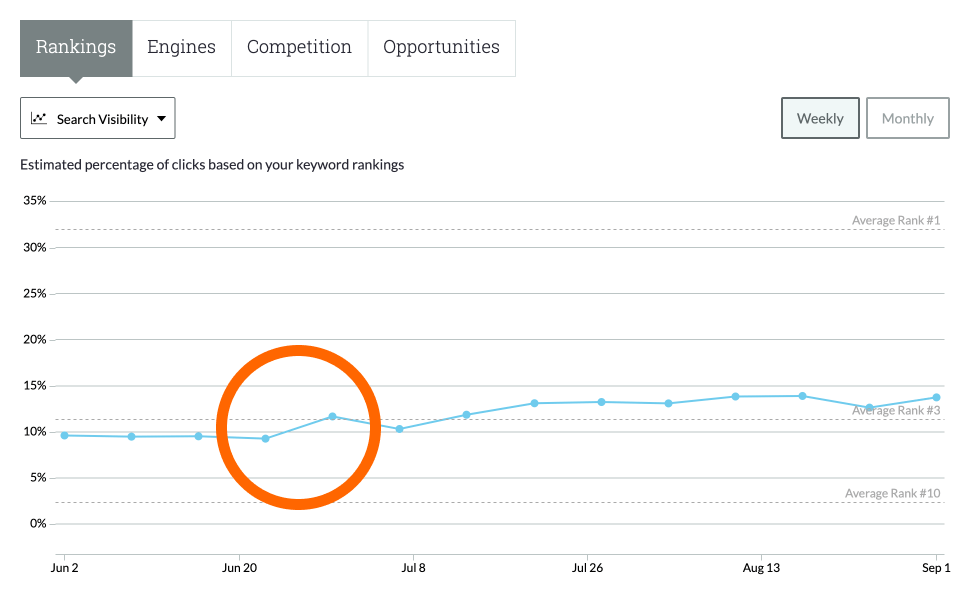
The traffic to your website, backlinks, and social media discussions increase your authority with search engines. This makes it easier for you to get qualified traffic to the pages you believe will generate revenue.
When I woke up on Day 3, Saturday, to see I was going viral, I should have changed my TikTok description and link to what I just described.
Here’s how you can maximize your chances of going viral, too
Summarizing, here are the biggest things you can do to maximize your chances of hitting that viral home run.
- Be authentic and enthusiastic about what you’re covering. Sharing what you’re learning as you learn it is a great way to hack this.
- Use this formula: scripted hook + unscripted longer clips + supporting evidence (shots of computer or green screen) + low-volume sound.
- Cover hot topics and merge them when possible.
Then when you do go viral, especially with something topical, make it straightforward for journalists and bloggers to get in touch with you so you can make correct attribution easy.
That’s all! If you enjoyed this article, I ask one thing.
Many writers ask you to buy them coffee in exchange for the knowledge they share for free. I checked my cupboard, and I actually have tons of coffee. In fact, I’m sipping some right now, caffeinated to the perfect amount.
Instead, I’d really appreciate it if you could share my article. Every share goes a long way for me, and it helps me and my website a ton.
Or – feel free to leave a comment. I like hearing from people that like my work, it keeps me going just as much as the caffeine.
Thank you so much for reading!


